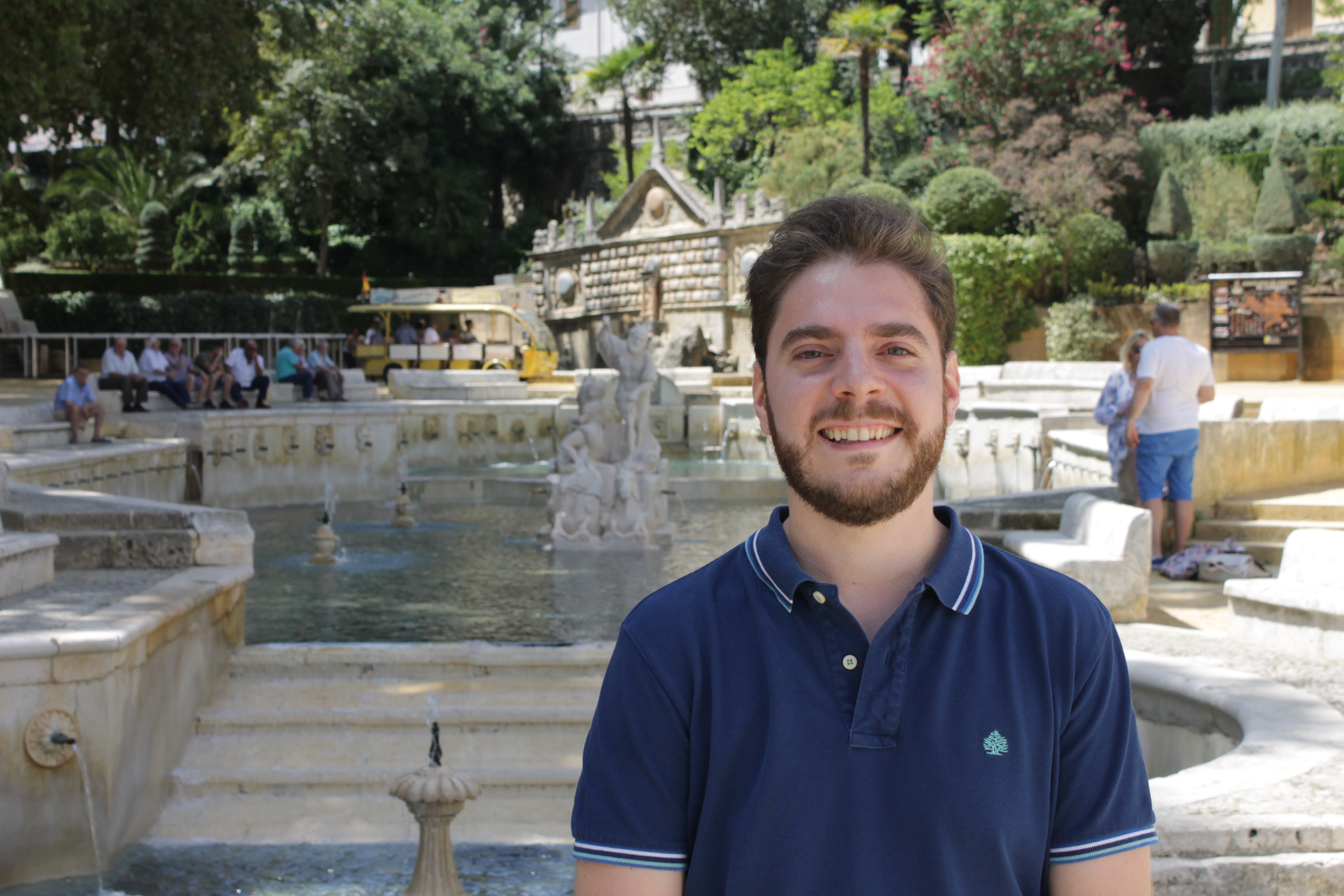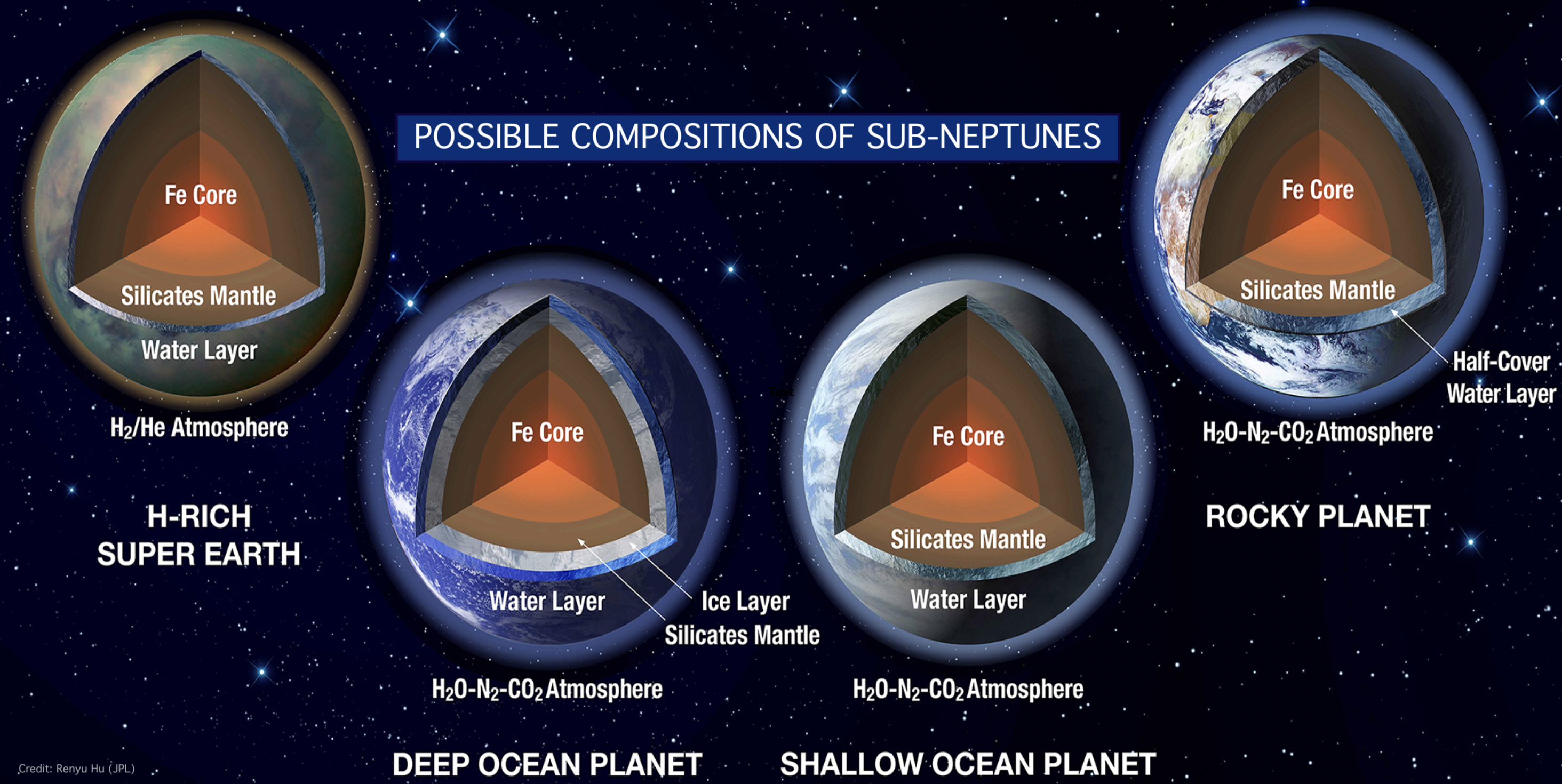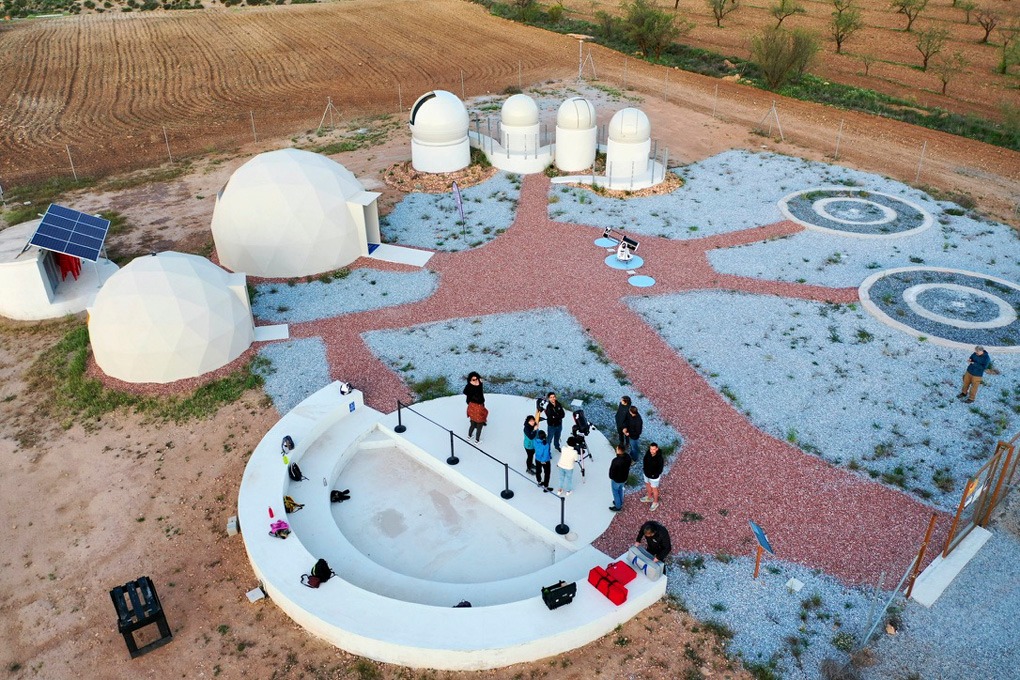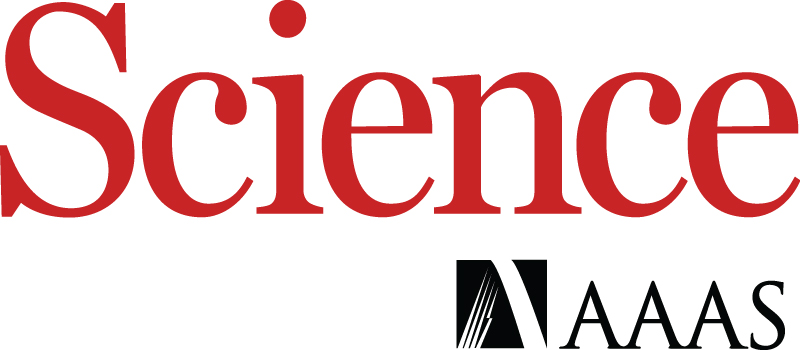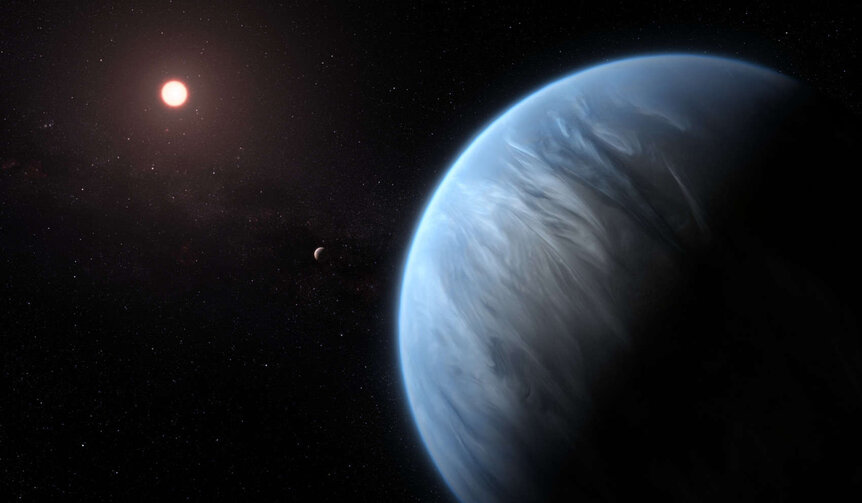
Hello, I’m Rafa!
Astrophysicist
I work at the University of Chicago, doing research about exoplanets. To discover new planets across the Galaxy, I love observing all types of stars using a variety of telescopes, both in space (like JWST, TESS or Kepler) and the darkest sites on Earth (Canary Islands, Hawaii or Chile). But my favourites are the cool red stars we call M dwarfs, which are the most numerous in the Milky Way and give us the best chance to study terrestrial planets like ours and their atmospheres.
CV